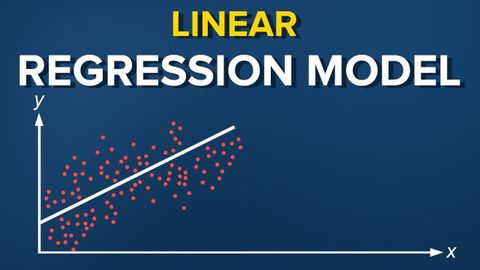線形回帰モデル (The linear regression model)
林宜悉 が 2021 年 01 月 14 日 に投稿  この条件に一致する単語はありません
この条件に一致する単語はありませんUS /ˈprɑsˌɛs, ˈproˌsɛs/
・
UK /prə'ses/
- v.t.(コンピュータの)データを処理する;処理する;処理する;一連の工程を経る;加工する : 加工処理する;理解する
- n. (c./u.)手続き;一連の行為;方法;訴訟手続き;プロセス (コンピューター)
US /ˈkɑnstənt/
・
UK /'kɒnstənt/
US /ˌɡærənˈti/
・
UK /ˌɡærən'ti:/
- v.t.品質保証する;約束する;支払い保証をする;法的保証
- n. (c.)製品保証;保証;担保
- n. (c./u.)条件;期間;学期;用語;関係;項;妊娠期間;任期
- v.t.称する
エネルギーを使用
すべての単語を解除
発音・解説・フィルター機能を解除

